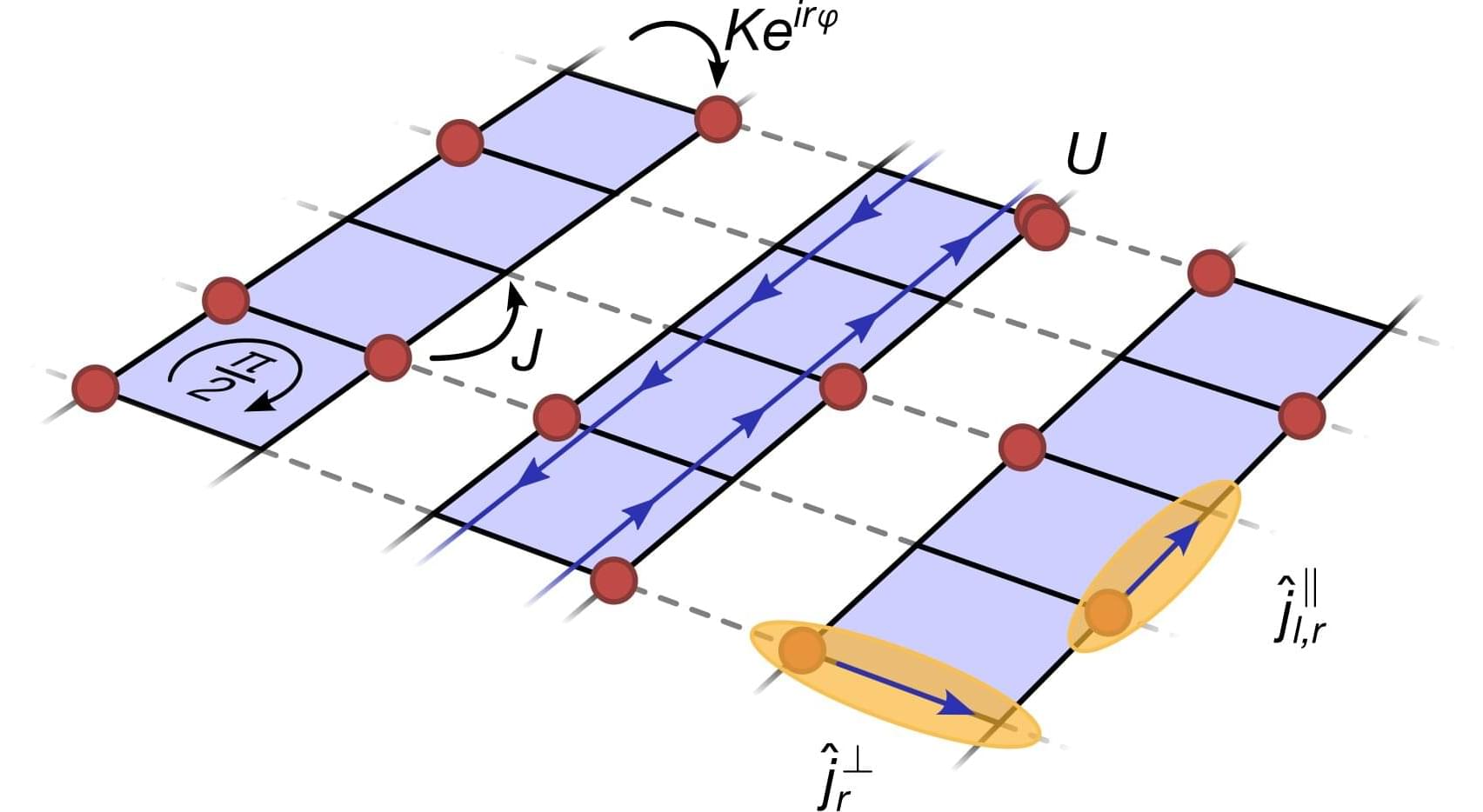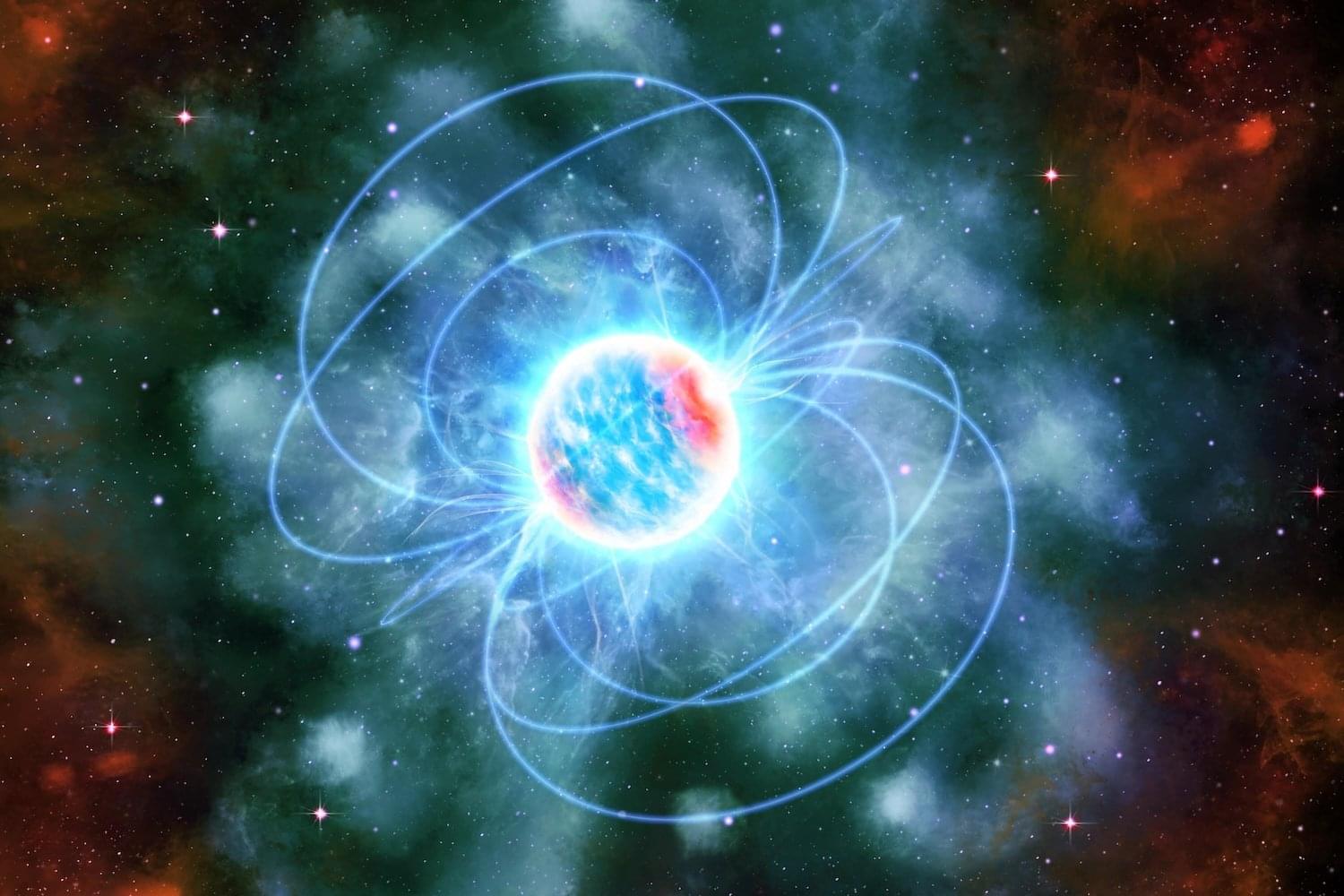When exposed to periodic driving, which is the time-dependent manipulation of a system’s parameters, quantum systems can exhibit interesting new phases of matter that are not present in time-independent (i.e., static) conditions. Among other things, periodic driving can be useful for the engineering of synthetic gauge fields, artificial constructs that mimic the behavior of electromagnetic fields and can be leveraged to study topological many-body physics using neutral atom quantum simulators.
Researchers at Ludwig-Maximilians-Universität, Max Planck Institute for Quantum Optics and Munich Center for Quantum Science and Technology (MCQST) recently realized a strongly interacting phase of matter in large-scale bosonic flux ladders, known as the Mott-Meissner phase, using a neutral atom quantum simulator. Their paper, published in Nature Physics, could open new exciting possibilities for the in-depth study of topological quantum matter.
“Our work was inspired by a long-standing effort across the field of neutral atom quantum simulation to study strongly interacting phases of matter in the presence of magnetic fields,” Alexander Impertro, first author of the paper, told Phys.org. “The interplay of these two ingredients can create a variety of quantum many-body phases with exotic properties.






